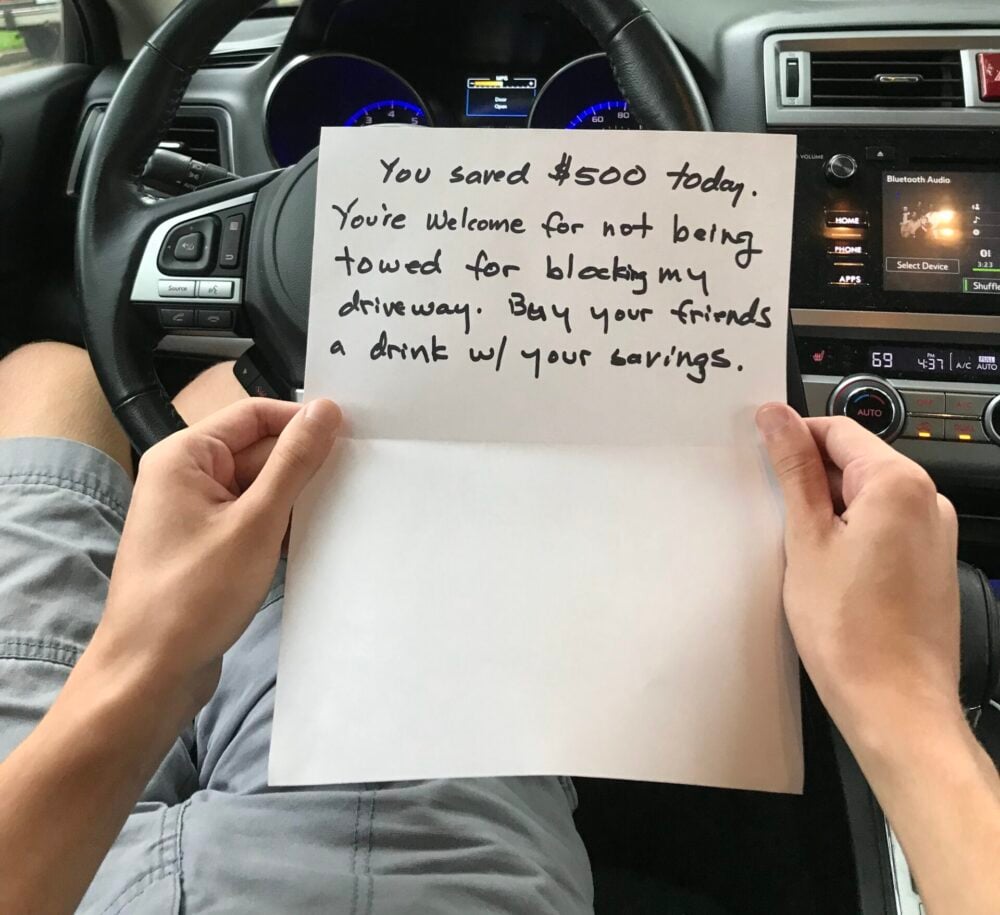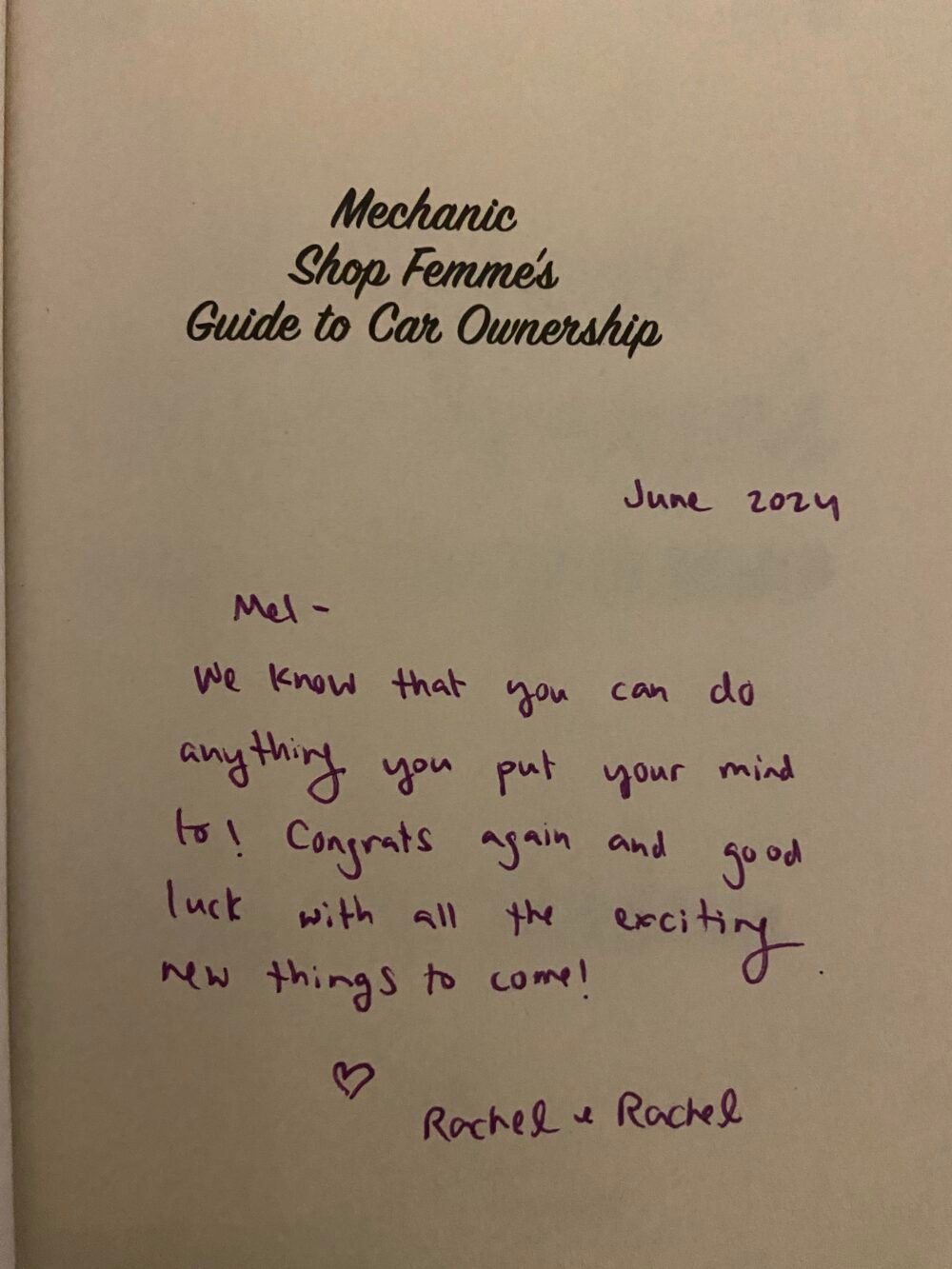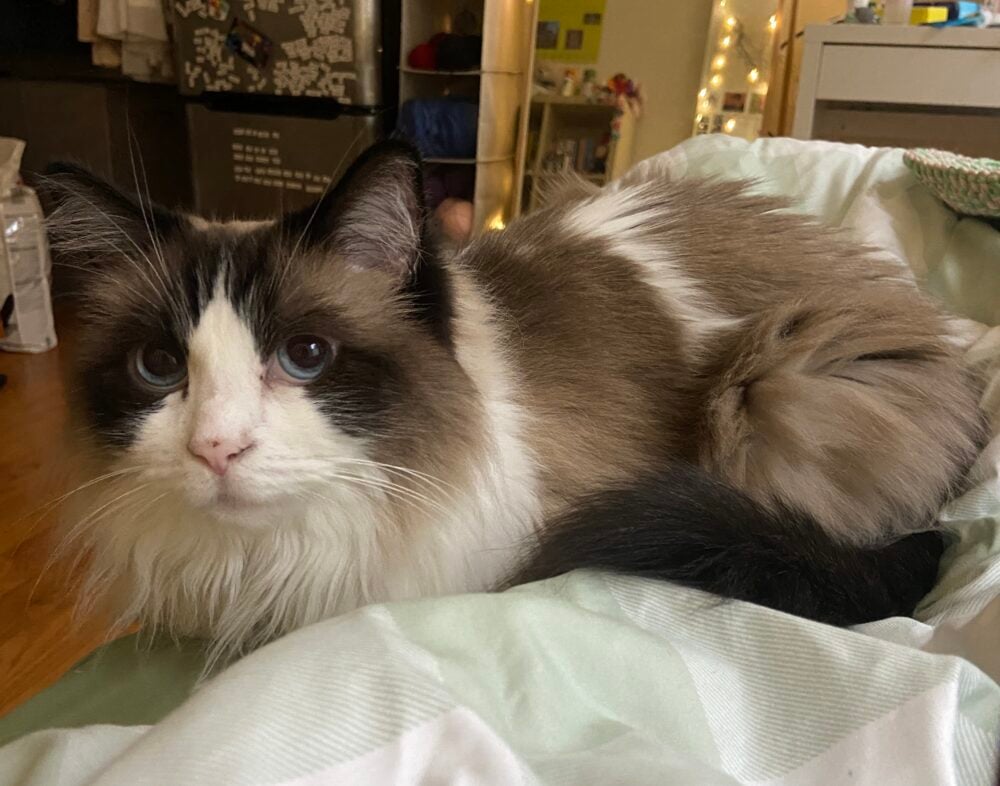
learning how to drive by Mel N. '24, MEng '25
and other matters of identification
STEP 1: FAIL TO LEARN HOW TO DRIVE IN HIGH SCHOOL.
This requires some luck based on your circumstances. It’s going to be a bit harder if you live in a more suburban or rural area and local bus routes don’t pass by your house. However, if you live in a big city or within walking distance to your high school, DING DING DING! You’re in a prime position to complete the first step.
Take driver’s ed, that’s fine — it’s a rite of passage to sit in a classroom after school with a dozen other kids and watch a bunch of scary car crash videos. This will heighten your anxiety and make you even less certain about learning how to drive, especially if you don’t need to.
If you have to get around, hitch a ride with your friends who do know how to drive. Impress them on aux with your highly curated playlists, and realize on the highway that there’s a little piece of paper stuck to the windshield. Is that a ticket??? Time to panic. Oh my god is it going to fall off??? Time to panic some more. Get off the highway with the paper still secured and pull over. Realize that it’s a handwritten note:
You saved $500 today. You’re welcome for not being towed for blocking my driveway. Buy your friends a drink w/ your savings.
Have your friends drop you off at your home at the end of the night, but don’t get out of the car immediately. Instead, drive around your block slowly while you talk about being sixteen-seventeen-eighteen, confused and hopelessly romantic and angry at the world. Cherish these nights while you still have them.
STEP 2: FAIL TO LEARN HOW TO DRIVE IN COLLEGE.
This is a little easier than step one, because if you didn’t learn how to drive in high school, you’re probably not going to learn how to drive in college. That’s okay. It’s likely that the public transport around your college is pretty good, especially if you go to MIT.
React with some alarm when you hear that you have to submit an ID photo, because you’ve just graduated high school and you’re still shy about pictures of yourself. Spend half an hour in the backyard trying to take a head-on selfie in direct sunlight because it’s 2020 and golden hour selfies have been all over Instagram these past couple of years. End up with a result you’re mostly okay with except for the fact that you’re squinting because you were staring into the sun. That’s okay. Blink away the sunspots and manually edit the picture to have a white background. Now it looks like a passport photo.
Obtain an MIT ID upon landing at freshman orientation with that awkward photo printed on it, and be told by very nice people that it also serves as a public transit card — a CharlieCard. You catch glimpses of other people’s ID photos and realize that 1) it was fine to submit a picture that wasn’t strictly front-facing, you could have had your head at a 3/4 angle, and 2) it didn’t even need a white background.
You will now spend four years swiping your CharlieCard in and out of MBTA stations. Visit New York City and be impressed by their credit card tap systems, and wish for that to happen in Boston so that you’re not screwed if your card isn’t charged and the entrance you went through doesn’t have a fare machine. Your wish will be granted eventually.
You’ll turn 21 and realize you don’t have a license for getting into 21+ spaces, only your passport, which you bring along a couple times before everyone convinces you that it’s a BAD IDEA. So you apply for a Massachusetts resident ID card instead. Even if you spend a lot of time doing your makeup, you will somehow end up with a half-frowning expression on your ID photo. That’s okay. At least you won’t lose the ability to travel to other countries at bars now.
Your mother will likely nag you to learn how to drive the summer between your junior and senior years, but you will not do anything about it. You just joined a research lab where almost no one drives, or they just learned how to drive very recently — including the PI. This makes sense in your head because it is a marine ecology lab.
Talk to one of your supervisors and hear that she’s learning how to drive from a driving school in Boston. You ask about which school it is, and try to get in contact to schedule lessons, but you’re told that you need to get your learner’s permit first. You’ll register for an appointment at the RMV to take the permit test, but forget to study for it because you were so immersed in your research, and figure that you’ll learn how to drive some other time.
STEP 3: REALIZE THAT DRIVING IS PROBABLY A GOOD SKILL TO HAVE.
A year will go by, and you’ll get a crazy idea to do a cross-country road trip the summer after graduation. Tell everyone about this, but also, you don’t know how to drive, and chances are, that’s an important part of going on a road trip.
It’s time to lock in. Register for another appointment at the RMV. Study the Massachusetts driver’s manual furiously. Graduate. Give your final research presentation to your group and cry because you loved everyone in your lab so much.
Take your permit test a couple days after graduation and shock the RMV worker because you went into the testing room and came back less than five minutes later. Receive your paper permit and call up a local driving school, but you will quickly realize that it’s summer and the population of people wanting to take driving lessons includes you and all the high schoolers in the area. Schedule your lessons a month out and decide that maybe you’ll fly for most of for your trip instead.
Your lab supervisors give you a copy of the Mechanic Shop Femme’s Guide to Car Ownership as a graduation gift. You cry a little more.
STEP 4: GET BEHIND THE WHEEL AND DON’T CRASH.
It’s July. It’s the day of your first driving lesson. It’s raining. On the way to where you’ll be picked up, you watch a motorcyclist slide and crash into the curb at a stoplight. People check on him and he’s fine, he gets up and drives away, but you wonder if that’s a bad omen.
Arrive at the pickup location. You will probably end up on the wrong side of the street at first. That’s okay. You’ll spot the car with the giant STUDENT DRIVER sign on top eventually. Emanate nervous energy when you get into the car, but listen attentively when the very nice and patient driving instructor tells you all the things you need to do. Shift gears and press the gas pedal (nice and easy) and…you’re driving. You’re going to be so intensely focused on trying to pay attention to everything that you won’t notice how tightly you’re gripping the steering wheel until you get to a red light and your entire body sags a bit when you finally let yourself breathe.
Leave that first lesson a little more confident in yourself, and very grateful to your instructor.
It’s the day of your second driving lesson. You get in the car, still nervous, but you think you understand the basics now. It’s a different instructor this time, and he doesn’t say much, but he seems a little annoyed at you. You’re being kind of slow while you make sure everything’s in order.
“DRIVE!”
You drive. You make a lot of mistakes, which your instructor does not hesitate to point out. You tear up a little as you wind through residential routes but you don’t want to seem weak. You leave feeling kind of deflated. Maybe it was beginner’s luck on the first day?
It’s the day of your third driving lesson. It’s the instructor from yesterday. You’re a little wary when you get in the car, but you know what to do now, and you’re making fewer mistakes, and you’re even cracking a few jokes. By the end of it, you think you’ve won him over.
More lessons fly past, and eventually, it’s time to take your road test. It is at 9 AM. You have an international flight later that evening. It’s now or never.
It’s raining again, just like the first day. You line up next to a group of other people and wait. You chat with the high school kid in front of you for a little bit, and then it’s your turn. You think you’re doing pretty good, until you almost forget to put the car in park when you’re asked what to do when you park downhill with a curb because your brain goes blank, but you remember at the last minute. When you circle back to the starting point, the examiner is so expressionless that you’re not even sure if you passed or not, but you see the cursive letters on your permit.
You get on the Green Line to head home and you are SO HAPPY.
STEP 5: BECOME A LICENSE-CARRYING MEMBER OF SOCIETY.
You get back from your trip and your shiny new driver’s license is in the mail. Unfortunately, it’s the same half-frowning photo as your Massachusetts ID, but it’s fine. You’ll have the chance to retake it eventually…right?
Summer ends and it’s time to start your MEng. You feel so old now. The halls feel different — they’re alive with an energy that no longer belongs to you. A new chapter in the institutional memory book.
You’ll probably want to print a new MIT ID because your old one is pretty beat up and it doesn’t really look like you anymore. You uploaded a new picture a while ago, so it’s all updated in Atlas. You go to a printing station in Stata and wait a couple minutes for it to print.
…
…
You do a double take.
IT LOOKS SO DIFFERENT.
There’s no longer a holographic MIT logo flashing on your card. Instead, it’s a simple flat white background. And it’s RED now, because you’re no longer an undergrad.
(Your friend says you’re looking more and more like your cat Coffee.)
Things have changed so much, and you’re still reeling from everything that’s happened — everyone you’ve met, every class you’ve taken, every experiment you’ve done. The dust is just now settling from the whirlwind of graduation, and so many of your friends are scattered all over the country.
You miss the way things were. But you’ve come so far.
And now you know how to drive.



